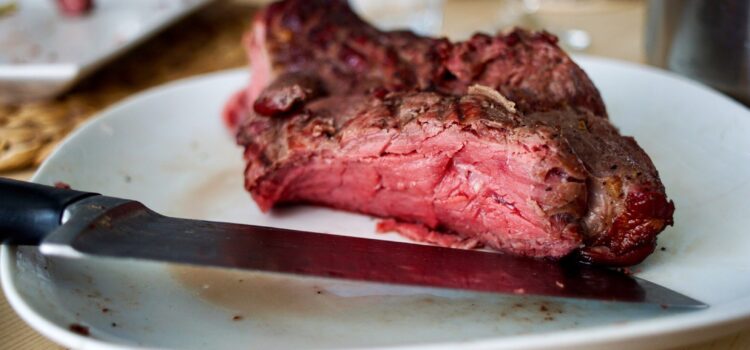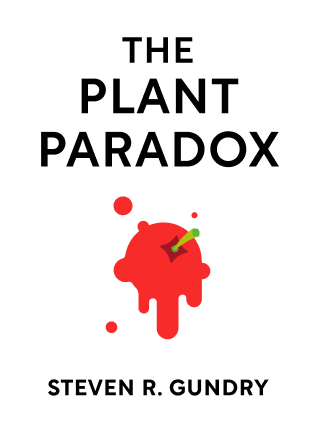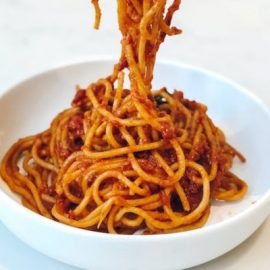

This article is an excerpt from the Shortform summary of "The Plant Paradox" by Steven R. Gundry. Shortform has the world's best summaries of books you should be reading.
Like this article? Sign up for a free trial here .
What are the problems with red meat in your diet? Can you eat a lot of it if you exercise enough? Is it better than other types of protein?
Learn about the problems with red meat and relying heavily on animal protein. The problems with red meat may be offset with regular fasting.
Eating lots of animal protein doesn’t help you live a long, healthy life. However, most popular health information encourages protein—some diets even put it center stage.
Problem With Red Meat: It Ages You
Your levels of insulin-like growth factor 1 (IGF-1) are a key indicator of longevity—the lower your levels, the longer and healthier your life will be. Studies show that low IGF-1 levels correlate with low-sugar diets that include little animal protein.
When you have lots of food or your body thinks it’s summer (e.g. because of exposure to blue light), a receptor in your body called mammalian target of rapamycin (TOR) senses that energy is available and activates IGF-1 to prompt cellular growth; eating a lot of animal protein correlates with high IGF-1 levels. But if your TOR senses that there isn’t much energy—during winter, or when you’re eating little food—it reduces cellular activity, slowing the rate of aging in the process. In other words, your food choices control how quickly your body ages. This is one of the problems with red meat.
Fasting to Help Your Body
Our ancestors fasted regularly, not by choice but because food wasn’t always available. Our bodies are designed to adapt to varying food availability; when glucose from carbs and protein isn’t available, your body can get energy by burning ketones, a special kind of fat.
If you choose, Phase 3 encourages trying different forms of fasting to cleanse your gut.
- Go on a calorie-restricted vegan fast for five days each month; those regular spurts of controlled eating offer the same benefits as being on a calorie-restricted diet all month. To do this, you’d just follow the vegan version of the three-day cleanse (Phase 1) for five days.
- Try intermittent fasting, which means you’d eat just 500-600 calories per day twice a week, and eat normally (according to the PPP) the rest of the week. This tends to also help weight loss.
- Stretch the time between your meals, aiming to go 16 straight hours without eating each day. This improves metabolic flexibility, the ability to adapt to different energy demands.

———End of Preview———
Like what you just read? Read the rest of the world's best summary of Steven R. Gundry's "The Plant Paradox" at Shortform .
Here's what you'll find in our full The Plant Paradox summary :
- Why eating more vegetables isn't enough, and why some vegetables are toxic to your body
- The science behind lectins and how they tear apart your body, making you fat and sick
- The 6-week program to get your body back on healthy grack






